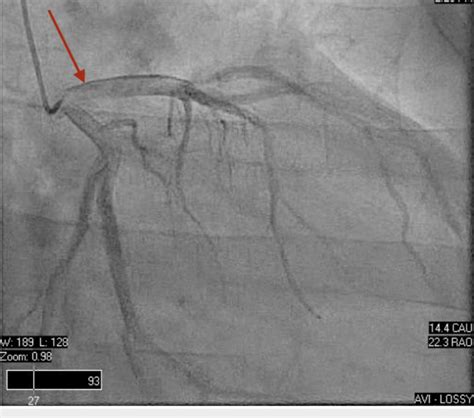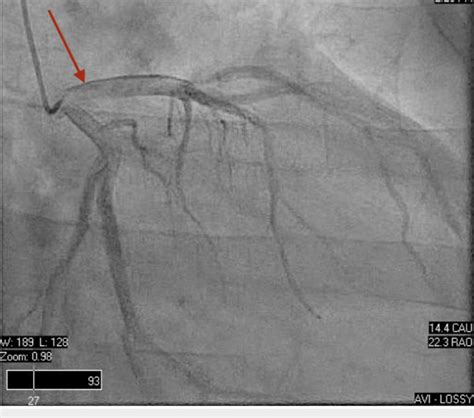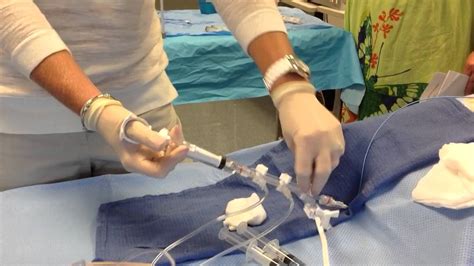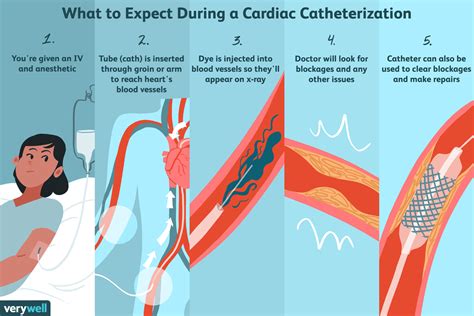Intro
Learn about Left Heart Cath procedure, a minimally invasive cardiac catheterization diagnosing coronary artery disease, heart valve issues, and cardiac function, using angiography and hemodynamic monitoring for precise diagnosis and treatment planning.
The left heart cath procedure, also known as a left heart catheterization, is a medical procedure used to diagnose and treat certain heart conditions. This procedure involves inserting a thin, flexible tube called a catheter into an artery in the leg or arm and guiding it to the left side of the heart. The left heart cath procedure is a valuable tool for cardiologists to evaluate the heart's function, identify any blockages or abnormalities, and perform interventions to restore normal blood flow.
The left heart cath procedure is typically performed to diagnose and treat conditions such as coronary artery disease, heart valve problems, and cardiomyopathy. During the procedure, the cardiologist may use various techniques, including angiography, to visualize the heart's blood vessels and chambers. Angiography involves injecting a special dye into the catheter, which allows the cardiologist to see the heart's blood vessels and identify any blockages or abnormalities.
The left heart cath procedure is usually performed in a hospital or cardiac catheterization laboratory, and it typically takes about 30 minutes to an hour to complete. The procedure is usually done under local anesthesia, which numbs the area where the catheter is inserted. The patient may also be given sedation to help them relax during the procedure. The left heart cath procedure is generally a safe and effective way to diagnose and treat heart conditions, and it has become a common procedure in cardiology.
Introduction to Left Heart Cath Procedure

Benefits of Left Heart Cath Procedure
The left heart cath procedure has several benefits, including: * Allowing cardiologists to diagnose and treat heart conditions in a minimally invasive way * Providing detailed images of the heart's blood vessels and chambers * Enabling cardiologists to perform interventions to restore normal blood flow * Being a relatively safe and effective procedure * Having a short recovery time, with most patients able to return home the same dayHow the Left Heart Cath Procedure Works

Risks and Complications of Left Heart Cath Procedure
While the left heart cath procedure is generally a safe and effective procedure, there are some risks and complications associated with it, including: * Bleeding or bruising at the insertion site * Infection * Allergic reaction to the dye used in angiography * Damage to the blood vessels or heart * Abnormal heart rhythmsPreparation for Left Heart Cath Procedure

What to Expect During the Left Heart Cath Procedure
During the left heart cath procedure, patients can expect to: * Feel some discomfort or pressure when the catheter is inserted * See the procedure on a monitor, which can help them understand what is happening * Be able to ask questions and communicate with their cardiologist during the procedure * Feel some warmth or flushing when the dye is injected * Be monitored closely for any complications or adverse reactionsRecovery After Left Heart Cath Procedure

Common Questions About Left Heart Cath Procedure
Some common questions about the left heart cath procedure include: * What are the risks and complications associated with the procedure? * How long does the procedure take? * Will I feel any pain or discomfort during the procedure? * Can I go home the same day? * How long will it take to recover from the procedure?Conclusion and Next Steps

What is the purpose of the left heart cath procedure?
+The purpose of the left heart cath procedure is to diagnose and treat heart conditions, such as coronary artery disease, heart valve problems, and cardiomyopathy.
What are the risks and complications associated with the left heart cath procedure?
+The risks and complications associated with the left heart cath procedure include bleeding or bruising at the insertion site, infection, allergic reaction to the dye used in angiography, damage to the blood vessels or heart, and abnormal heart rhythms.
How long does the left heart cath procedure take?
+The left heart cath procedure typically takes about 30 minutes to an hour to complete.
We hope this article has provided you with a comprehensive understanding of the left heart cath procedure. If you have any further questions or concerns, please don't hesitate to comment below. Share this article with your friends and family to help them understand the importance of heart health. Take the first step towards a healthier heart by scheduling an appointment with your cardiologist today!
